Featured Resource
Why Over Half of California School Districts Trust SchoolStatus
Read More >Join Mission: Attendance to reduce chronic absenteeism in 2025-26! >> Learn How <<





Danielle Head and Lesley Burdine, technology integration coaches from the Clarksville Montgomery County School System in Tennessee, explain the importance of collaboration and reflection between a teacher and coach and how relationships can thrive through both short- and long-term partnerships.
Less than two years ago, Danielle Head and I were selected to become two of twelve technology integration coaches to serve our district and support the 1:1 initiative rolling out for sixth- through twelfth-grade students. Prior to becoming coaches or receiving any formal training, we both reached out to our academic and technology integration coaches for their input, expertise, and opinions regarding instructional strategies and tools—especially in the planning and/or implementation phases of a lesson. Quickly, we found the importance of collaboration and reflection for opening our minds to possibilities and ideas that we may not have considered independently, making our lessons more thought out, planned out, and carried out!
Since then, we’ve learned that the role of an instructional coach comes with awesome responsibility and reward. Much like ballroom dancers, we’ve also found that coach/teacher partnerships are most captivating when both partners are performing their portion of the routine as flawlessly as possible while remaining aware of and sensitive to their partner. It requires both partners to purposefully prepare a plan, execute the plan, analyze and evaluate their own performance and that of their partner, reflect on the performance to identify what was well done and what aspects need improvement, and start this cycle all over again for the next performance.
Along the way, we’ve realized that while some partnerships are short and others are long and that they both have their merits, the theme remains the same—partnership is critical to their success.
Very often, teachers reach out to us with a rather narrow goal or mission to simply integrate one specific educational technology tool into their current teaching routine. Sometimes the teacher will have already chosen the educational technology tool that’s the best fit for the lesson’s clear target or learning objective, while others will simply choose an educational technology tool they’d heard about and thought was “neat.”
Since then, we’ve learned to compare this to choosing the best tool for any given task at hand. To help teachers better understand what educational technology tool to use at what time and for what reason, we explain that if the task at hand is to cut down a tree, you’d welcome a saw, a chainsaw, and/or an axe, however, you would have no need for a screwdriver or a hammer.
Regardless of the situation, we’ll come alongside the teacher, partner with them, plan with them, and offer to model and/or co-teach the lesson with them. Afterward, we’ll email and/or reach out to them in-person to follow up and see how things were going since we released the modeling to their control and they took over.
We make our best attempts within “short-term partnerships” like these to pay very close attention to find needs or areas that would be a practical fit for inviting them to continue our partnership to transition into a more “long-term” arrangement. Sometimes these short-term ones result in meaningful and more long-term coaching partnerships but, more often than not, they’re more of a “one-and-done,” or “don’t call me, I’ll call you!” situation rather than establishing an open, accessible, and regularly-used teacher/coach partnership.
The new “long-term” coaching partnership is focused on a teacher growth-goal or series of goals. In this type of coaching partnership, the teacher requests a change from “I really want to learn how to use NearPod so I can use it in my class” to “Based on my last observation by the principal, she indicated that I need to work on student feedback. What can I do to give students immediate and meaningful feedback? Can you help me?” This is the starting block or launchpad for the long-term coaching partnership that’s focused on a specific area of pedagogy that needs improvement.
In a long-term coaching partnership, the teacher may begin by determining their own goal and will bring it to the coach to ask for support in accomplishing it. The teacher may have discovered this need for self-reflection, observing colleagues, coach feedback, or administrative observations. Because the goal is not just about integrating a tech tool but the teacher’s professional growth instead, the coaching process will not be the same.
Additionally, there are times when the teacher knows that something isn’t working but just cannot pinpoint the problem. If this is the case, the coach might do walk-throughs, visits, or non-evaluative observations of the teacher teaching her students. Certainly, this necessitates a need for the coach and teacher to have agreed on this being a “next-step” toward identifying areas for growth around which growth goals can be set. This requires the coach to ensure that they do whatever is necessary to build and maintain a safe and trusting relationship with the teacher.
It must be clear from the beginning that a coach’s role in a partnership is non-evaluative! Instead, the role of a coach is built on supporting and identifying growth goals.
After the teacher and coach collaboratively identify areas for growth, the next step is to set growth goals. These goals serve as a guide for the coaching partnership in which they’ll work together to decide the best next steps for achieving those goals. The coach’s role in this process is to be an objective voice of reason. The coach will work to help the teacher in planning and executing each step(s) on the path to achieving the goal(s). During which, the coach can be involved in many ways. For instance, they can collaboratively plan lessons, collect and share resources, model lessons, co-teach, observe and share feedback, and/or organize peer visits.
Additionally, the coach may model for the learner, co-teach with them, or observe the learner using the resources that were shared. Depending on the reflection phase of the “goal cycle,” the coach may participate in all of these actions sequentially. At the end of the goal cycle, both stakeholders will mutually determine whether the goal has been met to determine next steps. If the next steps depend on the coach’s involvement, the cycle naturally begins again within the long-term partnership
Throughout our experiences, we’ve found the most difficult aspect of this focus shift from the short- to the long-term coaching partnership was our transition from teacher to coach. Likewise, our role came with no increase of authority or position, therefore we’ve had to work hard to “make the magic happen” in the schools we support. Just remember that the administration’s mindset and valuation of how integral the role of instructional coaches significantly impacts the types and frequency of opportunities a coach must work to engage teachers in coaching partnerships.
Lesley Burdine has been an educator in the Clarksville-Montgomery School System since 2006. Prior to becoming a technology integration coach, she taught middle school reading, U.S. history, and served as a reading interventionist for ten years. Lesley earned a B.A. in Religion from Carson-Newman College, M.A.Ed. in Curriculum and Instruction from Bethel University, and is currently working toward an Ed.S. in Leadership/Principal-ship from Arkansas State University. She presented at both ISTE and iNACOL in 2018.
Danielle Head has worked in the Clarksville Montgomery County School System since 2011, where she serves as a technology integration coach. She earned a B.A. in Science and M.A.Ed. in Elementary Education from Austin Peay State University, and is currently working toward an Ed.S. in Leadership/Principalship from Arkansas State University. Danielle has presented sessions at NCCE, ISTE, and iNACOL in 2018.
Be sure to follow Lesley and Danielle on Twitter and check out their great EdTech coaching content, #ProOnTheGrow!
{{cta(‘352a410e-db79-4f33-a482-d301e8041965′,’justifycenter’)}}
 SchoolStatusSchoolStatus gives educators the clarity and tools they need to get students to class and keep them moving ahead. Through our integrated suite of data-driven products, we help districts spot attendance patterns early, reach families in ways that work for them, and support teacher growth with meaningful feedback. Our solutions include automated attendance interventions, multi-channel family communications in 130+ languages, educator development and coaching, streamlined digital workflows, and engaging school websites. Serving over 22 million students across thousands of districts in all 50 states, SchoolStatus helps teachers and staff see what matters, act with speed, and stay focused on students.
SchoolStatusSchoolStatus gives educators the clarity and tools they need to get students to class and keep them moving ahead. Through our integrated suite of data-driven products, we help districts spot attendance patterns early, reach families in ways that work for them, and support teacher growth with meaningful feedback. Our solutions include automated attendance interventions, multi-channel family communications in 130+ languages, educator development and coaching, streamlined digital workflows, and engaging school websites. Serving over 22 million students across thousands of districts in all 50 states, SchoolStatus helps teachers and staff see what matters, act with speed, and stay focused on students.
News, articles, and tips for meeting your district’s goals—delivered to your inbox.
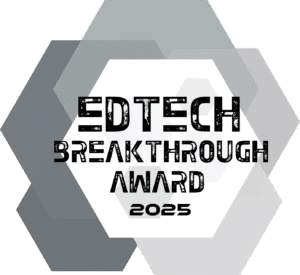
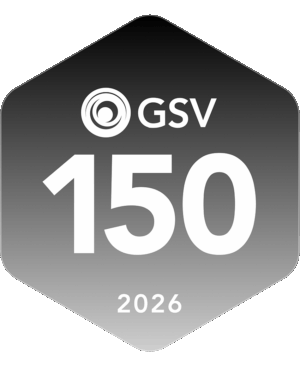




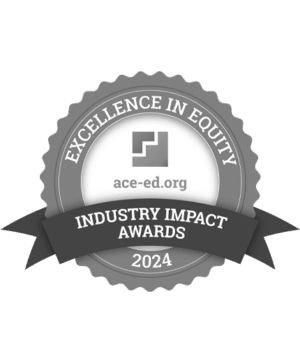
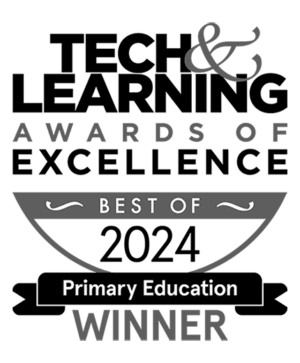



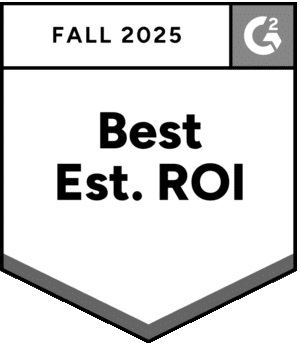


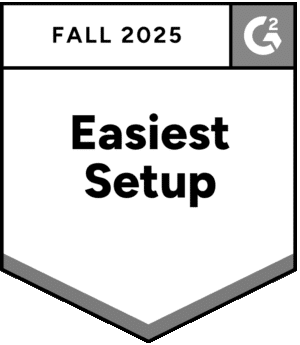
Ready to learn more about our suite of solutions?
